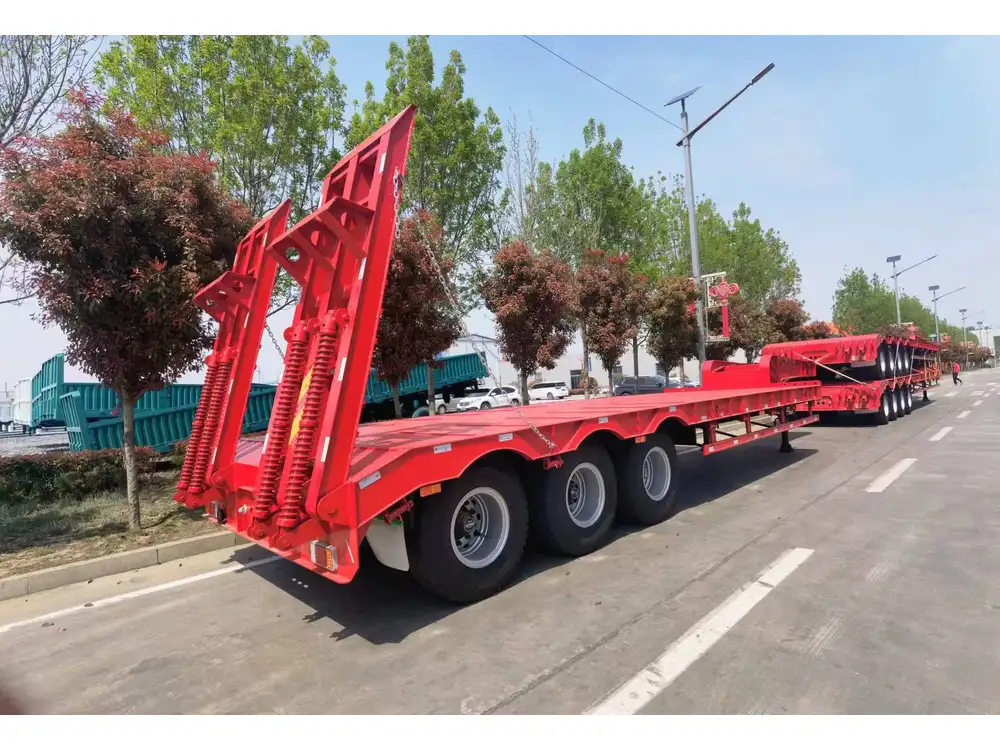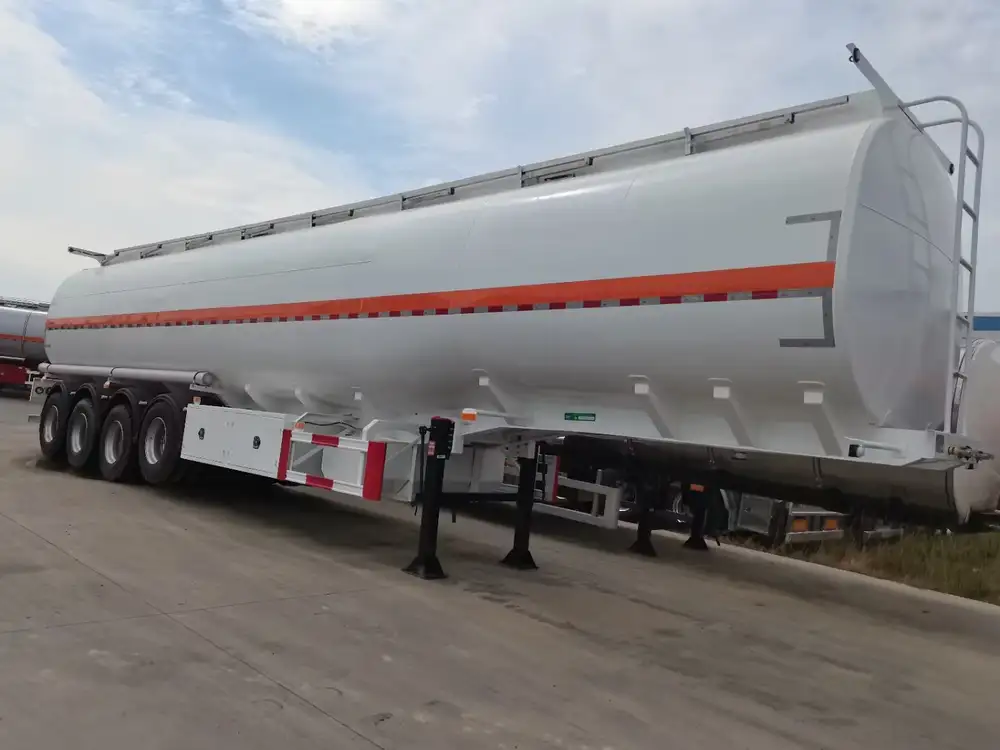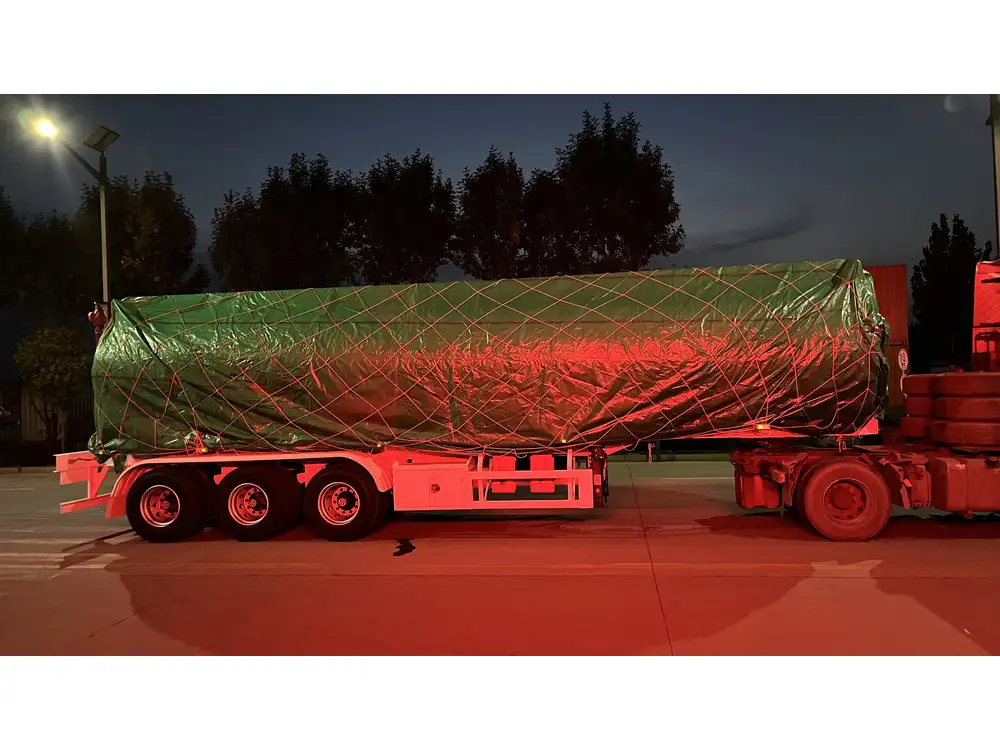In the realm of transportation and logistics, semi-trailers stand as pivotal assets. However, like all equipment, they have a finite lifespan. Eventually, the question arises: What is a semi-trailer worth for scrap? This inquiry is not straightforward, as several intertwined factors dictate the value of a semi-trailer when it is deemed scrap material. In this article, we dissect the nuances of scrap semi-trailer valuation, exploring essential metrics, and providing a thorough understanding for stakeholders.
What Influences the Scrap Value of a Semi-Trailer?
1. Material Composition
The construction materials of a semi-trailer significantly impact its scrap value. Typically, semi-trailers are composed of:
| Material | Approximate Value per Ton (USD) | Common Uses |
|---|---|---|
| Steel | $200 – $300 | Frame, chassis, and structural elements |
| Aluminum | $1,000 – $1,500 | Lightweight models and certain components |
| Plastic | $300 – $400 | Interior fittings and non-structural parts |
Atomic components breakdown is imperative to scrap valuation. Steel might have a higher volume, but aluminum can yield greater returns due to its higher market price. Understanding the specific material composition of a given semi-trailer not only facilitates accurate identification but also enhances profit margins during the scrapping process.

2. Condition of the Semi-Trailer
Two critically linked sub-factors shape the valuation derived from the trailer’s condition:
Structural Integrity: The presence of dents, rust, or significant wear and tear will devalue a semi-trailer. A structurally sound unit could sell for a considerably higher price than one that is dilapidated.
Components & Parts: Disassembling a semi-trailer and selling its individual parts can yield a return that exceeds the total scrap value. Certain parts—such as axles, tires, and braking systems—can be sold separately to specialized buyers, enhancing potential profits.
3. Market Demand
The fluctuating market demand for various scrap metals can affect pricing dramatically. Scrap yards often list their prices based on the daily market, and it’s beneficial to investigate current market conditions. Key factors affecting market demand include:
Local Demand for Scrap Materials: Check regional reports and local suppliers. They often adjust their buying prices based on competition and demand.
Global Economic Factors: The economy’s health can affect demand for metals. Economic booms typically increase the demand for steel and aluminum, thus inflating the scrap prices.
4. Geographical Location
The location of the semi-trailer at the time of scrapping can also be critical for its valuation. Different scrap yards may offer varied prices depending on their operational costs, logistics, and even local laws regarding scrap recycling. Metropolitan areas with high demand for construction materials might offer better prices compared to rural locations.

5. Age and Regulatory Compliance
Older semi-trailers may not only be less desirable due to age but also because of compliance with modern safety regulations. Trailers that fail to meet these standards could have diminished value in a secondary market.
Steps to Appraise the Scrap Value of Your Semi-Trailer
Initial Assessment
Inventory Inspection: Begin with a thorough inspection of your semi-trailer. Identifying the materials used and checking the structural integrity will set a foundation for valuation.
Gather Market Data: Monitor current market prices for different metals and components. Online platforms or local scrap dealers are good starting points for collecting this data.

Detailed Valuation
Material Breakdown: Use a detailed list to categorize your semi-trailer’s materials. Analyze the specific types, grades, and conditions of steel versus aluminum components.
Component Analysis: Examine parts such as break systems, axles, frames, and even interior fittings. Their individual worth can be aggregated for a comprehensive valuation.
Consult Local Scrap Yards: Contact local operations to compare scrap values they’re offering. Engaging multiple buyers can stimulate competition, often resulting in a better price.
Market Research: Use online platforms like the London Metal Exchange for pricing insights or specific databases that track changes in metal value based on real-time data.
Documentation Review: Ensure compliance with any necessary documentation for disposal or scrapping to avoid potential fines or legal issues.
Final Pricing Strategy
Set Your Minimum Price: Establish a baseline based on your collected appraisals. Financial expectations should consider market volatility and potential buyer negotiations.
Be Willing to Negotiate: Scrap prices often involve haggling. Being informed of current metal prices empowers you in negotiations.
A Comparative Look: Selling vs. Scrapping Your Semi-Trailer
| Feature | Selling a Semi-Trailer | Scrapping a Semi-Trailer |
|---|---|---|
| Financial Return | Can be higher if trailer is in good condition | Generally lower, often based on weight and material |
| Time Investment | Requires marketing and potential repairs | Quick process, usually a single transaction |
| Effort Level | Requires negotiation and potential staging | Minimal; typically, one phone call to a yard |
| Environmental Impact | Could enhance sustainability by keeping trailers usable | Promotes recycling and responsible disposal of non-functional units |

Common Pitfalls to Avoid
Neglecting Component Value: Failing to dismantle useful or valuable parts can lead to missed opportunities for profit.
Overestimating Condition: Underestimating the wear and tear on your semi-trailer can lead to disappointment during the valuation process. Transparency regarding the condition is key.
Ignoring Market Trends: The scrap market can shift quickly. Not staying informed concerning pricing shifts may leave you at a disadvantage.
Lack of Documentation: Ensure all ownership and operational documentation is prepared to avoid potential legal hassles, which might even impact the negotiation of prices.
Conclusion: Maximizing Your Semi-Trailer’s Scrap Value
In summary, determining the worth of a semi-trailer for scrap requires a multifaceted approach that considers the trailer’s material composition, condition, market fluctuations, and geographic location. By conducting thorough assessments and strategic evaluations, operators can make informed decisions and secure reasonable returns on what might otherwise be viewed as obsolete equipment.
Whether your semi-trailer has reached the end of its operational life or simply requires replacement, navigating the scrap market effectively can unlock significant value. Therefore, we encourage potential sellers to remain knowledgeable and proactive, ensuring they achieve the best possible outcome in salvaging their semi-trailer.
By following the insights outlined in this guide, stakeholders can comprehend the intricacies of semi-trailer valuation in the scrap market, effectively transforming what is often seen as waste into a viable economic asset.



